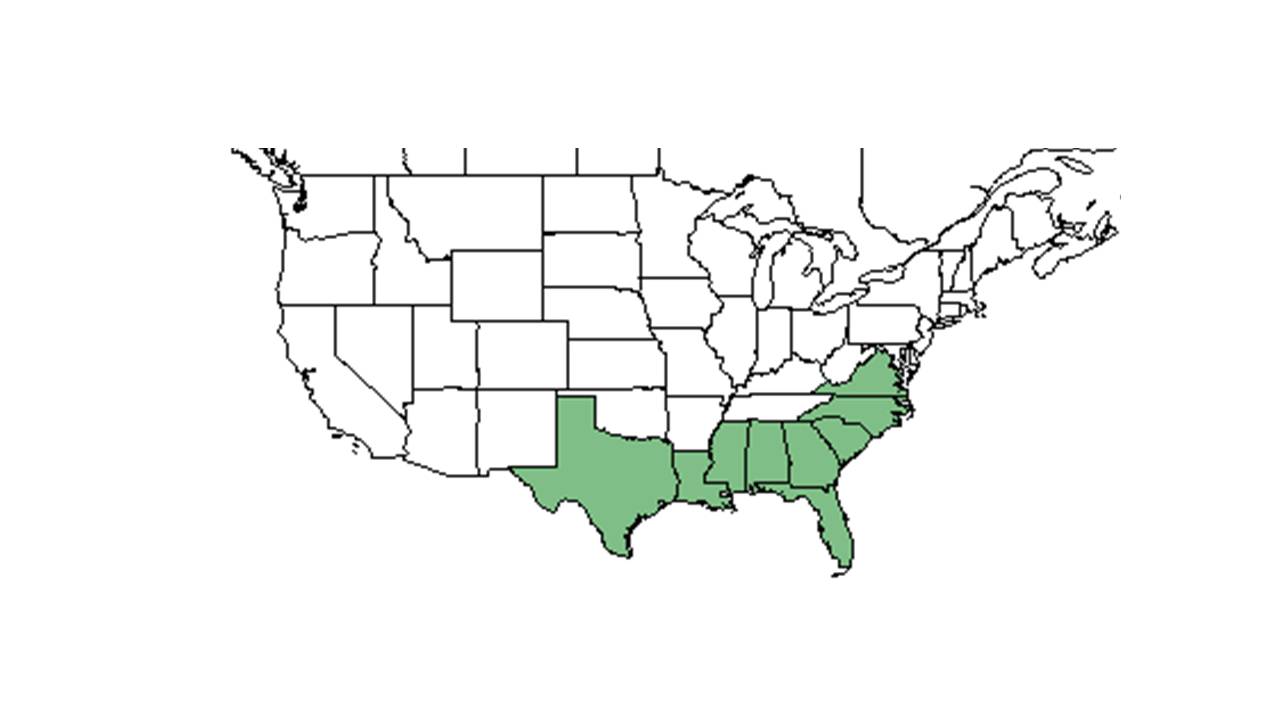Difference between revisions of "Hypericum setosum"
(→Description) |
Ruthstetler (talk | contribs) (→Description) |
||
| Line 20: | Line 20: | ||
<!-- Basic life history facts such as annual/perrenial, monoecious/dioecious, root morphology, seed type, etc. --> | <!-- Basic life history facts such as annual/perrenial, monoecious/dioecious, root morphology, seed type, etc. --> | ||
Common Name: hairy St. Johnswort | Common Name: hairy St. Johnswort | ||
| + | |||
| + | ''Hypericum setosum'' is a perennial herbaceous species. | ||
==Distribution== | ==Distribution== | ||
Revision as of 18:16, 20 July 2015
| Hypericum setosum | |
|---|---|

| |
| Scientific classification | |
| Kingdom: | Plantae |
| Division: | Magnoliophyta - Flowering plants |
| Class: | Magnoliopsida – Dicotyledons |
| Order: | Theales |
| Family: | Clusiaceae ⁄ Guttiferae |
| Genus: | Hypericum |
| Species: | H. setosum |
| Binomial name | |
| Hypericum setosum L. | |

| |
| Natural range of Hypericum setosum from USDA NRCS Plants Database. | |
Contents
Description
Common Name: hairy St. Johnswort
Hypericum setosum is a perennial herbaceous species.
Distribution
Ecology
Habitat
Phenology
Seed dispersal
Seed bank and germination
Several short-lived perennial forbs also have a seed bank persistent for at least several years.[1]
Fire ecology
Pollination
Use by animals
Diseases and parasites
Conservation and Management
Cultivation and restoration
Photo Gallery
References and notes
- ↑ Platt, W. J., S. M. Carr, et al. (2006). "Pine savanna overstorey influences on ground-cover biodiversity." Applied Vegetation Science 9: 37-50.